What makes one sausage better than another? In most cases it is not an elaborate recipe handed down by an amazing cook nor the artisanal skills of a highly skilled butcher. What makes food taste great is simplicity itself! The kind of simplicity that is incredibly hard to find. A simplicity precious, rare and profound.
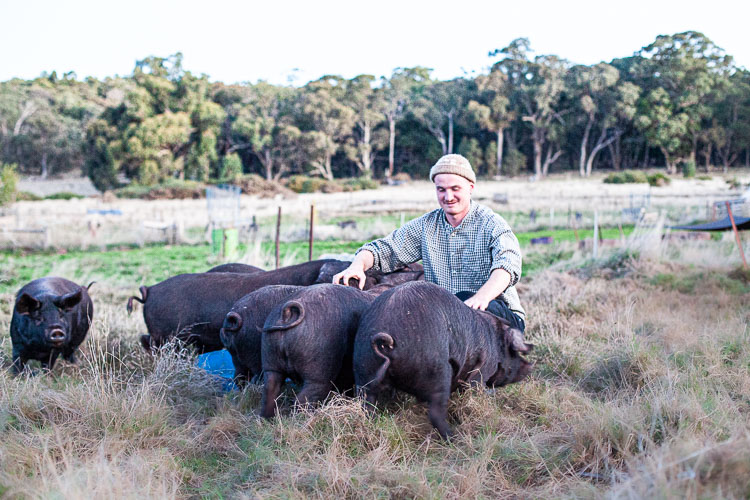
In the case of a sausage, that simplicity takes shape in the form of pigs raised on pasture. Pigs fed a diet of grains fermented or whole, fresh strawberries unwanted or eggs cracked. It is pigs moved every other week onto fresh soil where they can use their snouts to dig the earth over and over. It is pigs bathed in sunlight, cloaked by wind and washed by rain. Pigs nestled in outdoor glamping tents made from wood and corrugated iron, their floor insulated by straw.
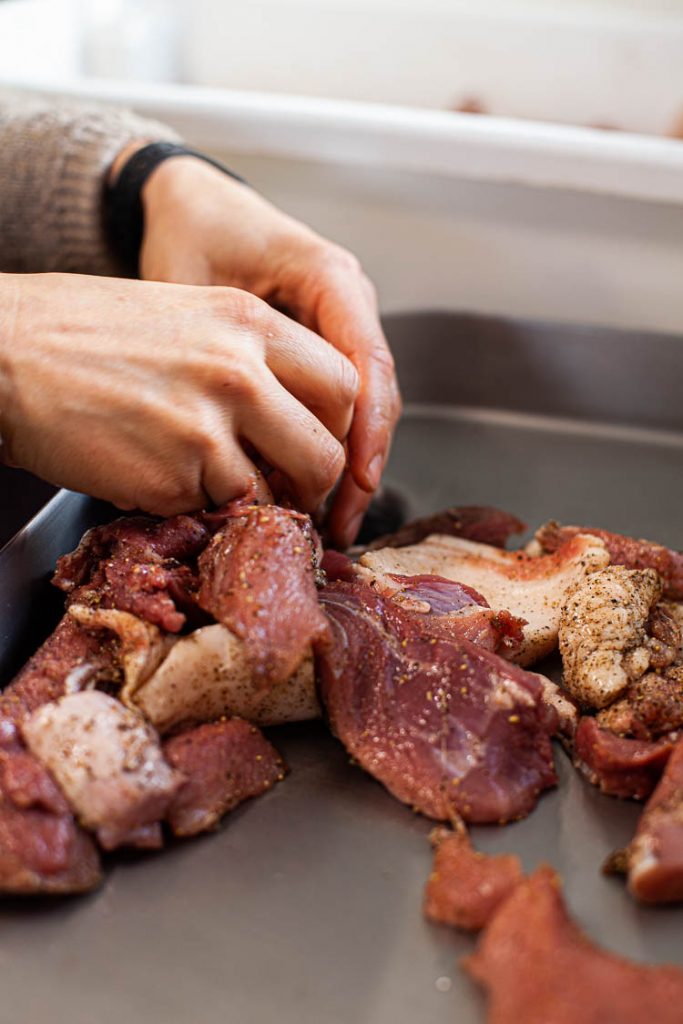
You know as well as I do that 98% of pigs are raised in sheds. Big sheds with hundreds of pigs. The smell there abhorrent, the lack of UV sunlight creates a perfect storm of bacterial infections. The noise pollution is monumental. The pigs are nothing short of depressed, miserable constrained for six months in a hostile place. And of course, they must be given antibiotics. Pigs in sheds won’t survive without them. Imagine me and you and a few hundred others all sleeping and toileting in the same room for six months. We’d need to douse ourselves in penicillin too.
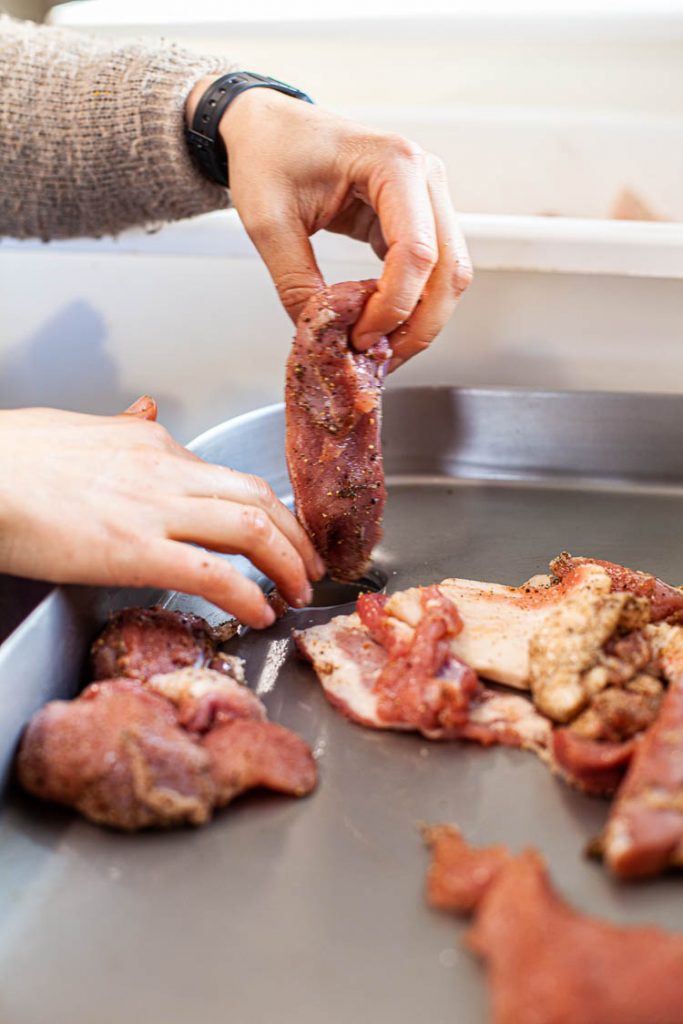
What makes one sausage better than another. It is the farmer and the decisions she/he/they make every single day that creates a delicious sausage. The decision to use the best meat from the animal not parts unwanted.

In a cheap sausage the very worst parts of the animal are used. For example a Guardian Article published back in 2010 had this to say about ‘cheap sausages’, “the cheapest, most processed ones can include some or all of the following: low meat content, added water, sugar, additives and mechanically recovered meat (MRM) – where everything is blasted from the pig carcass to form an unpleasant red sludge. The lower the quality of sausage, the more additives there are, including flavourings such as monosodium glutamate (E621), nitrates to keep the sausage pink and aid preservation, and anitioxidants to prevent discolouration. All these are currently deemed safe, but why eat them when delicious and far healthier options are available?”

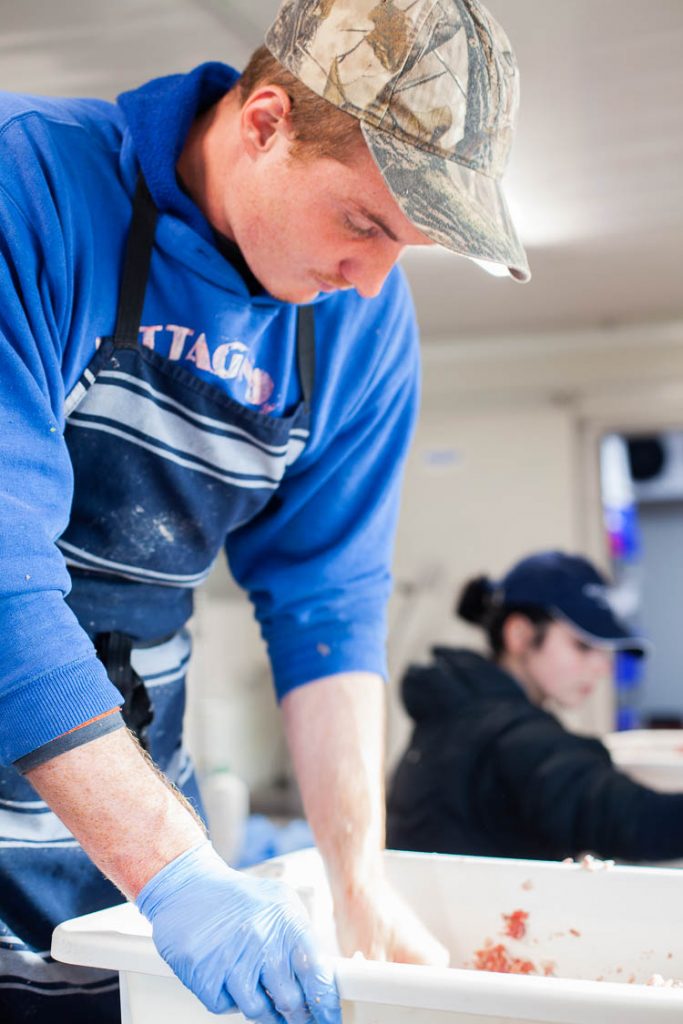

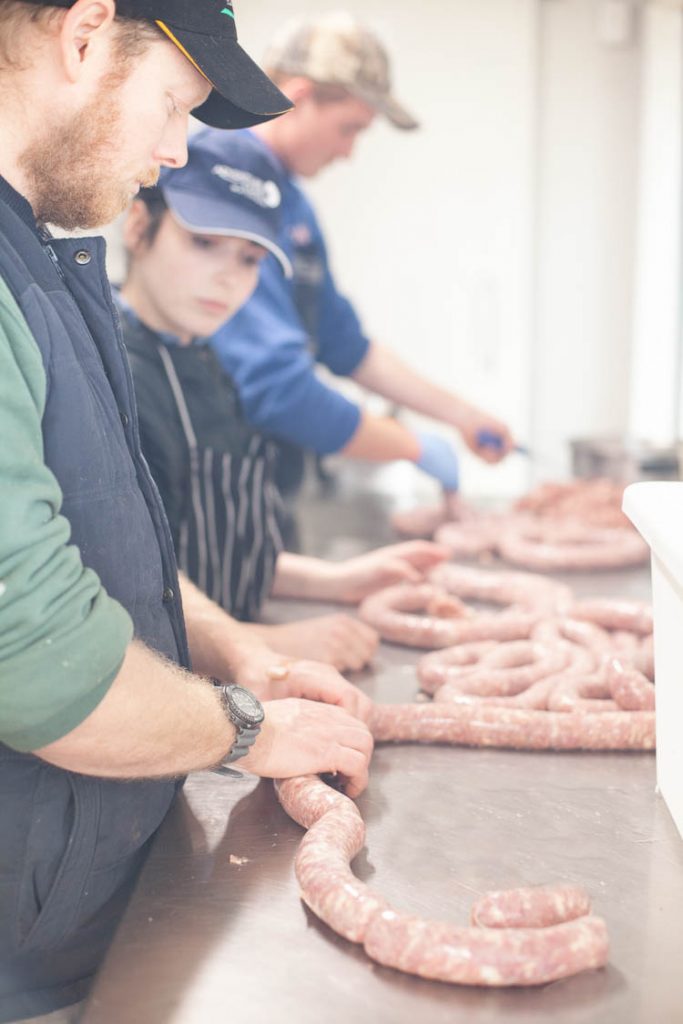
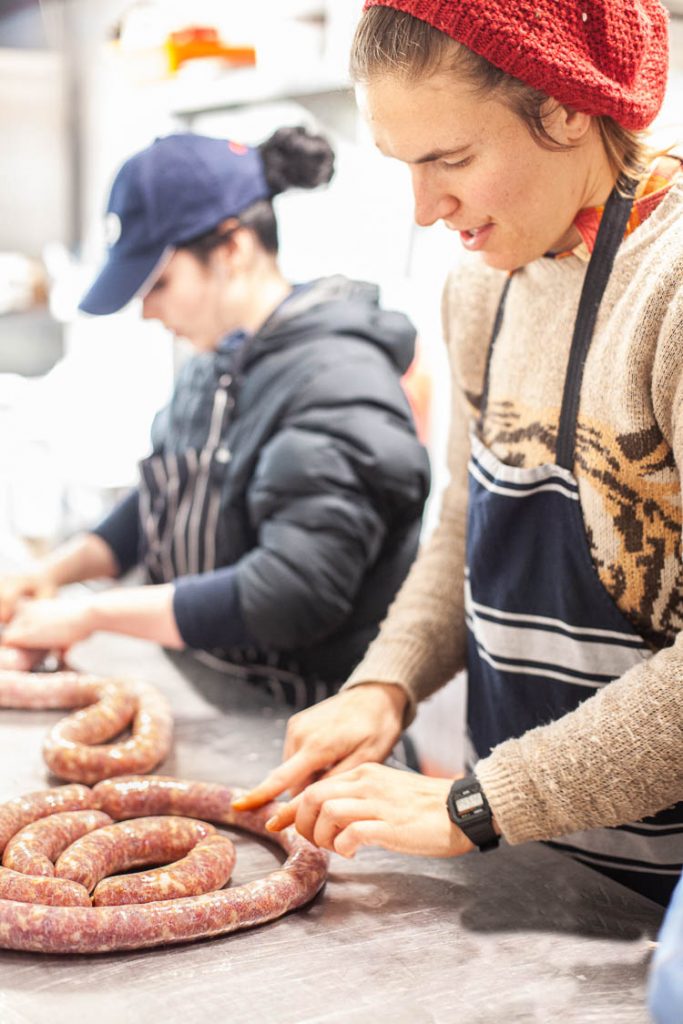

What makes one sausage better than another? It is simplicity, real meat combined with real fat unadulterated. I can’t emphasise this more, it is simplicity! Using naked ingredients, raw and unsullied. It is a pig free to live on pasture. It is a pig not locked in a shed. It is a farmer who is fulfilled by light, the outdoors, verdant hills, trees planted and a modest income. It is a sausage made from every day decisions that place care of people, land and animals front and centre. It is simplicity!

0 Comments